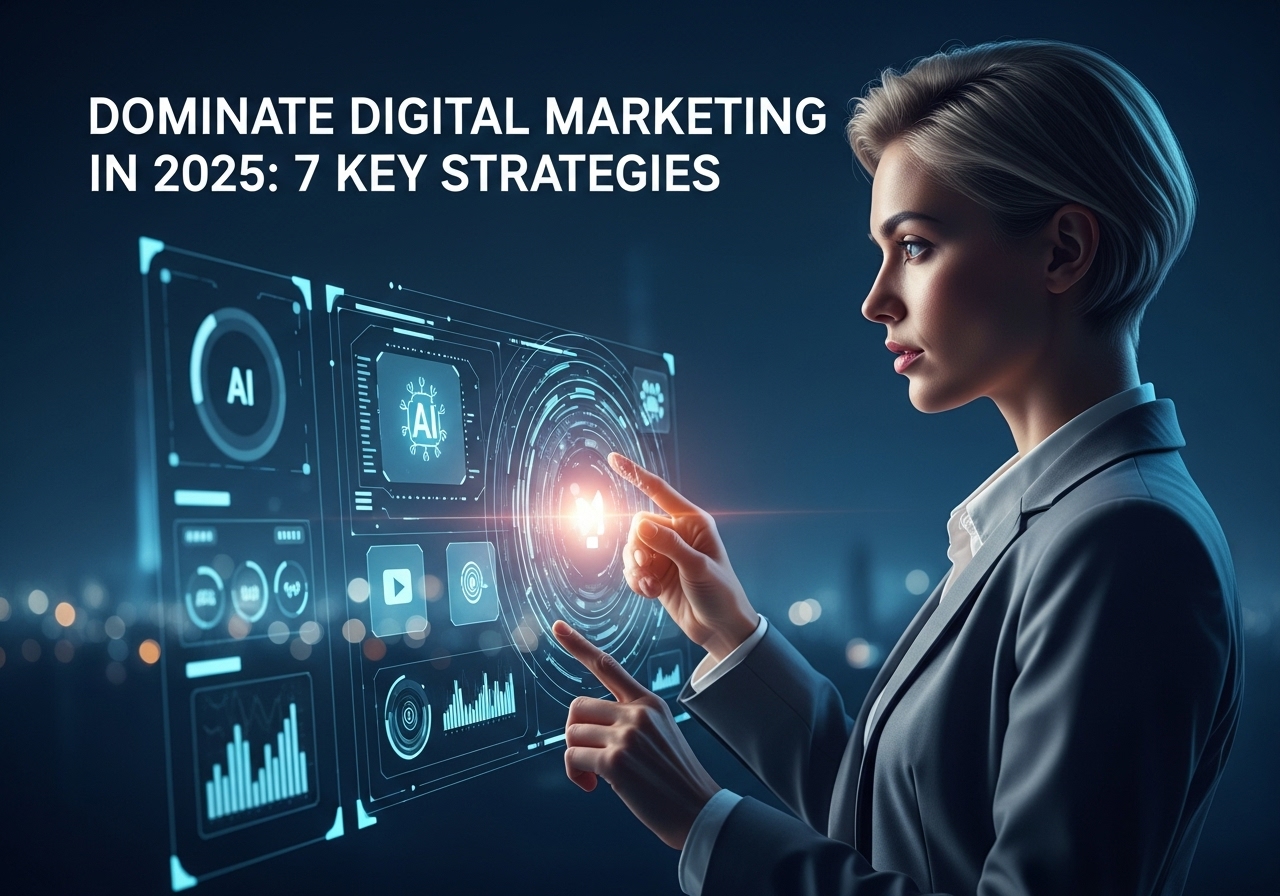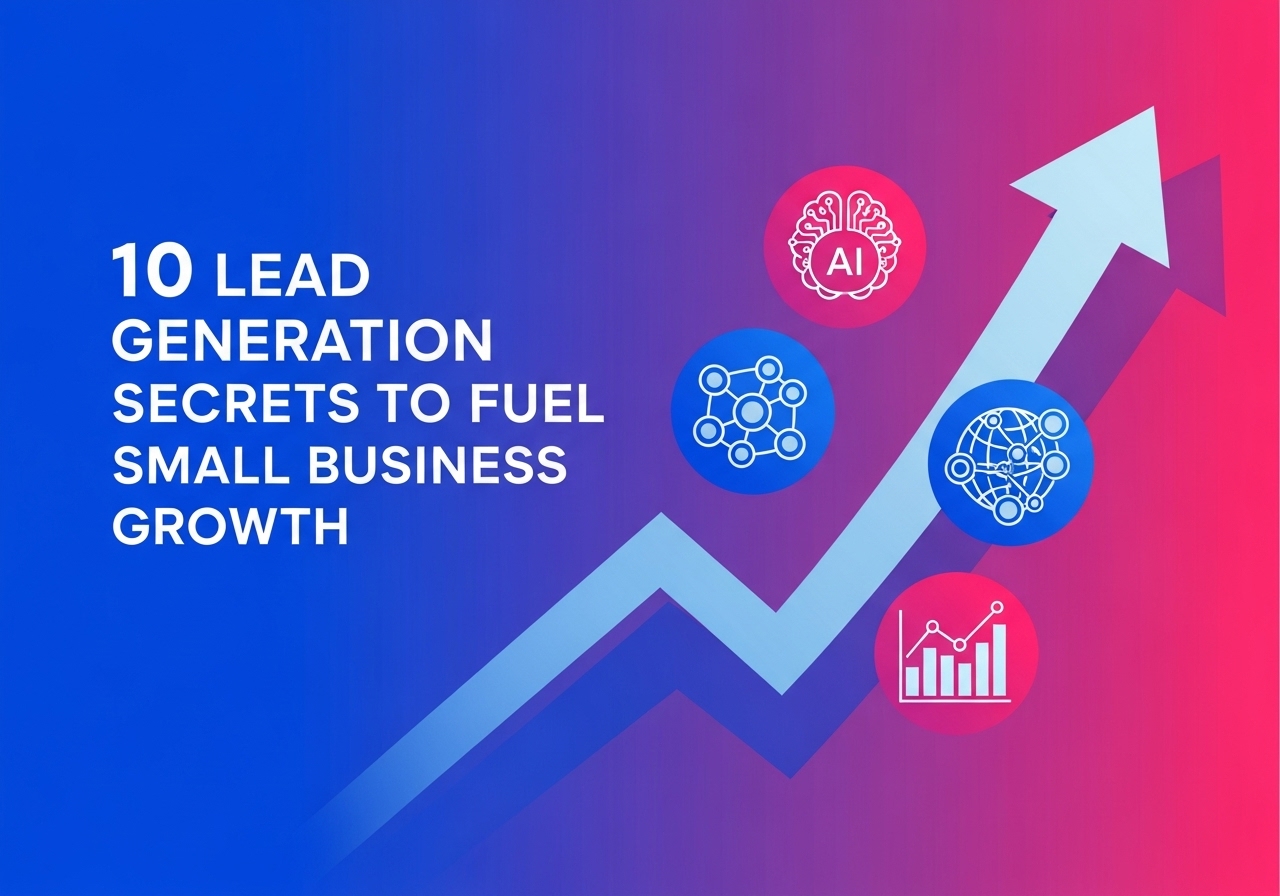In today’s hyper-competitive business landscape, simply maintaining your current sales performance isn’t enough. As we move through 2025, companies that implement strategic sales boost marketing initiatives are seeing revenue increases of up to 342% compared to those relying on outdated methods. Whether you’re struggling with plateaued growth or looking to capitalize on emerging market opportunities, the right sales strategies can transform your business trajectory.
The Evolution of Sales and Marketing in 2025
The sales landscape has undergone a dramatic transformation in recent years. Traditional reactive selling approaches have given way to proactive, data-driven strategies that create opportunities rather than simply waiting for them. Businesses implementing proactive selling techniques are experiencing a 17% daily increase in sales and a 30% increase in deal value. This shift represents a fundamental change in how successful companies approach revenue generation.
Today’s most effective sales boost strategies blend technological innovation with personalized customer experiences, creating a powerful formula for growth. Let’s explore the most impactful approaches that leading companies are implementing right now.
Proactive Sales Strategies That Drive Revenue Growth
From Reactive to Proactive: The New Sales Paradigm
The days of waiting for customers to approach you are over. Proactive selling—reaching out to customers before they express a need—has become essential for businesses seeking significant growth. This approach involves strategic follow-ups, promotional outreach, and recommending relevant products based on past purchases.
Companies implementing proactive selling strategies are seeing a remarkable 67% higher average value per customer compared to those using traditional reactive methods. This dramatic difference comes from taking control of the sales process rather than simply responding to incoming inquiries.
Leveraging Digital Tools for Enhanced Sales Performance
Modern sales teams require modern tools. Equipping your representatives with digital solutions that streamline workflows and enhance customer interactions can significantly impact your bottom line. These tools enable faster response times, better organization, and more effective customer engagement.
Digital communication platforms, CRM systems, and sales automation tools have become non-negotiable components of high-performing sales operations. They eliminate manual processes that waste time and create opportunities for human error, allowing your team to focus on what matters most: building relationships and closing deals.
Data-Driven Personalization Strategies
Using Customer Data to Drive Targeted Outreach
Data has become the cornerstone of effective sales strategies. By analyzing customer information and purchasing patterns, businesses can create highly targeted marketing campaigns that resonate with specific audience segments.
The impact of data-driven personalization is substantial: 80% of consumers willingly share personal information in exchange for personalized deals or offers, and 89% of business owners report positive ROI from tailoring their messaging to specific customer segments. Companies implementing personalization strategies are growing 40% faster than those that don’t.
To implement this approach:
- Collect and analyze customer data from multiple touchpoints
- Segment your audience based on behavior, preferences, and purchase history
- Create tailored messaging and offers for each segment
- Continuously refine your approach based on performance metrics
SMS Marketing: The Underutilized Engagement Channel
With open rates exceeding 90%, SMS marketing has emerged as one of the most effective channels for direct customer communication. This approach is ideal for following up on quotes, sharing promotions, and providing quick answers to customer questions.
The statistics speak for themselves: 75% of customers prefer text messages for business communications, and 50% of consumers now expect to receive text messages from brands at least once per week. By incorporating SMS into your marketing mix, you create an instant, convenient communication channel that encourages immediate action.
Strategic Sales Promotions and Campaigns
Timing and Types of Sales Promotions
Strategic sales promotions remain one of the most effective ways to boost revenue when implemented correctly. The key is creating the right promotion at the right time to maximize impact without diminishing your brand value.
Seasonal Sales: Aligning promotions with natural buying cycles can significantly increase their effectiveness. Holiday seasons, back-to-school periods, and industry-specific cycles present natural opportunities to drive sales through targeted promotions.
Limited-Time Offers: Creating a sense of urgency through flash sales or time-limited promotions can drive immediate purchasing decisions. These short-duration events typically generate high engagement and conversion rates when marketed effectively.
Exclusive Sales Events: Brands like Gymshark have built tremendous customer loyalty by offering sales only twice yearly, creating an element of exclusivity that makes their promotions highly anticipated events. This approach creates pent-up demand that results in significant sales spikes when promotions finally launch.
Personalized Discount Strategies
Not all discounts are created equal. Targeted discount strategies that address specific customer segments often outperform generic promotions:
Birthday Promotions: Birthday emails generate 481% higher transaction rates than standard promotional emails and deliver 342% higher revenue per email. This personalized approach makes customers feel valued while encouraging purchases during a natural celebration period.
Lifestyle Discounts: Offering special pricing for specific demographic groups—such as students, teachers, seniors, or parents—can build stronger relationships with these segments while driving sales. For example, Pacsun’s student discount program has successfully attracted younger shoppers who often operate on tight budgets.
Partnership Promotions: Collaborating with complementary brands allows you to tap into highly targeted audiences and create unique value propositions that can significantly boost sales for both partners.
Customer Retention and Lifetime Value Maximization
Building Customer Loyalty Programs
While acquiring new customers is important, retaining existing ones and increasing their lifetime value is generally more profitable. Effective loyalty programs offer rewards such as discounts, early access to new products, or exclusive benefits that encourage repeat purchases and increased engagement.
The most successful loyalty programs:
- Make rewards attainable and meaningful
- Create tiered structures that encourage increased spending
- Offer both transactional benefits (discounts) and experiential rewards
- Integrate seamlessly with your overall customer experience
Gathering and Acting on Customer Feedback
Regular collection and implementation of customer feedback demonstrates that you value input and are committed to improving the customer experience. This approach not only helps identify areas for improvement but also strengthens customer relationships by showing that you’re listening.
Implement systematic feedback collection through:
- Post-purchase surveys
- Regular NPS (Net Promoter Score) measurements
- Social media monitoring
- Direct customer interviews
- Analysis of support interactions
The critical factor is not just collecting feedback but demonstrating that you’ve acted on it, creating a virtuous cycle of improvement that builds customer loyalty over time.
Digital Marketing Integration
Omnichannel Approach to Sales and Marketing
Modern consumers interact with brands across multiple platforms and expect a seamless experience regardless of the channel. An effective omnichannel strategy ensures consistent messaging and customer experience across all touchpoints, from social media to your website to in-person interactions.
Platform convergence—the integration of various marketing channels into a cohesive strategy—has become essential for businesses seeking to maximize their reach and effectiveness. This approach requires careful management of campaigns across channels, with analytics and optimization processes that improve ROI over time.
Leveraging AI for Enhanced Marketing Performance
Artificial intelligence has transformed from an emerging technology to a fundamental component of effective digital marketing. Advanced AI and machine learning are revolutionizing personalization, automation, and data analysis, with AI-driven decisions now powering 70% of digital marketing strategies.
Key applications of AI in sales and marketing include:
- Predictive analytics for identifying high-potential leads
- Personalized content delivery based on individual user behavior
- Automated customer segmentation and targeting
- Optimization of ad spend and campaign performance
- Enhanced customer service through chatbots and virtual assistants
The Evolution of Search and Discovery
Beyond Traditional SEO
While traditional search engine optimization remains important, digital marketing trends in search are evolving rapidly. Perhaps most notably, 40% of Gen Z now uses social platforms as their primary search tools rather than traditional search engines.
This shift requires businesses to optimize not just for Google but also for search functions within platforms like Instagram, TikTok, and YouTube. Content strategies must adapt to these new discovery mechanisms, with visual and video content taking precedence over traditional text-based approaches in many contexts.
Voice and Visual Search Optimization
Voice search now processes over 1 billion monthly searches, becoming a preferred search method for many consumers. Similarly, visual search is processing approximately 10 billion monthly queries, transforming how users discover products online.
Optimizing for these emerging search modalities requires:
- Conversational keyword strategies that match natural speaking patterns
- Structured data implementation to help search engines understand your content
- High-quality, properly tagged images that can be identified by visual search algorithms
- Concise, direct answers to common questions your audience might ask
Effective Upselling and Cross-Selling Techniques
Upselling and cross-selling represent crucial opportunities to maximize revenue from existing customers. While customers are in a buying mindset, suggesting complementary products or premium upgrades can significantly increase average transaction values.
Successful implementation requires:
- Training sales personnel to identify and act on upselling opportunities
- Implementing recommendation engines on e-commerce platforms
- Creating logical product bundles that deliver additional value
- Timing offers appropriately within the customer journey
When executed properly, these techniques not only increase immediate revenue but also enhance customer satisfaction by helping them discover products that meet needs they may not have fully articulated.
Integrating Human Touch in Digital Experiences
Despite the increasing digitization of sales and marketing, human interaction remains critically important. Incorporating personal touchpoints throughout the customer journey—such as regular phone follow-ups and face-to-face interactions—builds trust, fosters relationships, and validates digital insights.
Telemarketing, when implemented strategically, continues to be a valuable component of the marketing mix. This direct, personal approach allows precise targeting of high-value customer segments and gathers actionable insights through real-time conversations.
The most effective strategies blend digital efficiency with human connection, creating experiences that leverage technology without losing the personal element that builds lasting customer relationships.
Conclusion: Implementing Your Sales Boost Strategy
The most successful businesses in 2025 aren’t choosing between traditional and digital approaches—they’re strategically integrating both to create comprehensive sales and marketing ecosystems. By combining proactive selling techniques, data-driven personalization, strategic promotions, and emerging technologies, you can create a sales boost strategy that drives sustainable growth.
Remember that implementation should be systematic and measured. Start by identifying your highest-priority opportunities based on your specific business context, then develop a phased approach to implementation that allows you to measure results and refine your strategy over time. For more examples and detailed guides, visit the CDM Suite blog.
Ready to transform your sales and marketing performance? The strategies outlined in this post provide a roadmap, but your specific implementation will depend on your unique business circumstances, target audience, and objectives. CDM Suite can help you tailor these strategies.
Want to find out EXACTLY what’s missing in your current marketing strategy? Visit our free 3-minute marketing assessment page and receive a custom growth plan tailored to your business needs.



